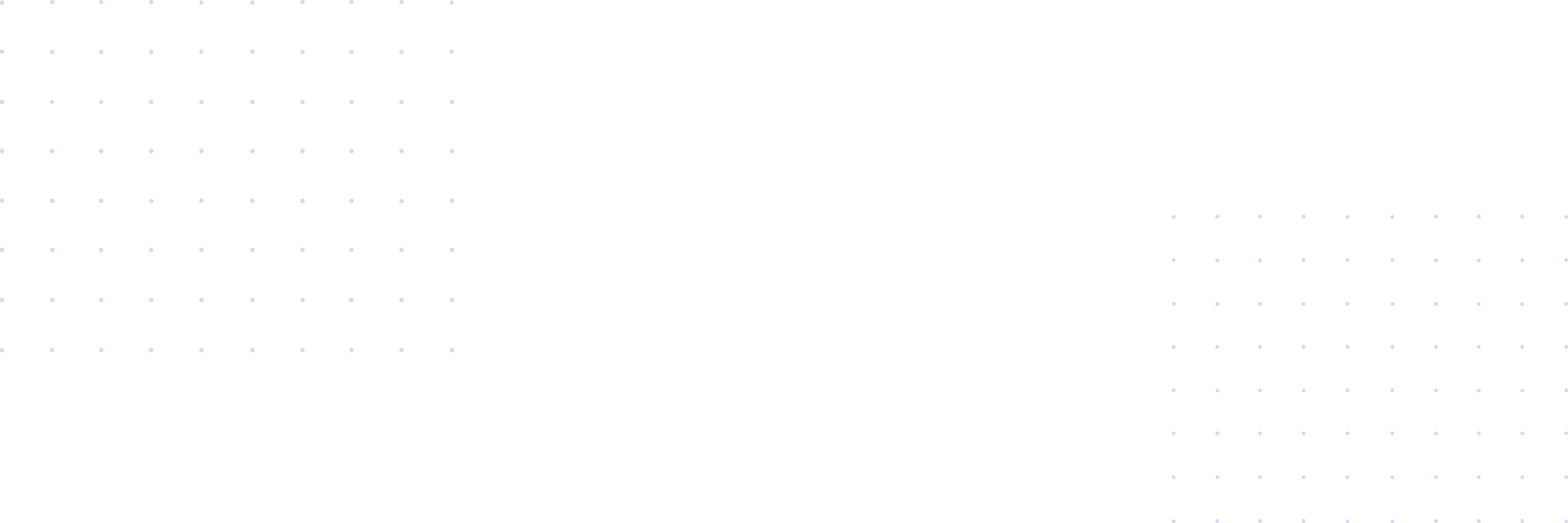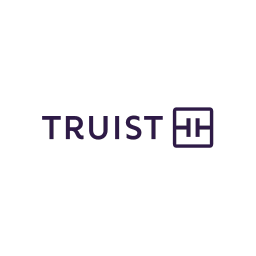What is Truist Bank?
In 2019, Suntrust Bank and BB&T Bank merged. The two formed a new bank, Truist. Its mission is to provide the services offered by a big bank but with the care of a small, local banking partner. It has become one of the ten largest banks in the U.S.
Through its online offerings, this bank can serve people and businesses anywhere in the nation. However, some of its services are available only through a branch. In that case, there are more than 2,500 branch locations. Branches serve Alabama, Florida, Georgia, Indiana, Kentucky, Maryland, New Jersey, North Carolina, Ohio, Pennsylvania, South Carolina, Tennessee, Texas, Virginia, West Virginia, and Washington, D.C.
How Does Truist Work?
Truist Bank is an FDIC member bank. It offers personal checking, credit cards, loans, mortgages, investment and retirement planning, and insurance. In addition, it has banking solutions, loans, merchant services, and insurance for businesses. It also offers services tailored to corporations and institutions.
Its most popular banking services are its traditional, savings, and mobile app-only checking accounts. Traditional checking and savings account holders can access their accounts online, via phone, or at any branch. Digital banking customers can check balances, transfer funds, and manage their accounts using the Truist mobile app.
What Does Truist Offer?
Truist offers a diverse set of financial services to individuals, small businesses, and corporations.
Truist One Checking Account
Truist’s primary checking account option provides overdraft protection, along with other benefits. You need a $50 deposit to open your checking account. The account does not have overdraft-related fees and will cover overdrawn expenses up to $100. There is a monthly maintenance fee of $12, which will be waived if you meet one of several criteria. You can make $500 worth of direct deposits each month, maintain an average balance of $500 across your accounts, have a credit card, loan or mortgage through the bank, or have a small business checking account. If you are under 25, this fee will also be waived.
Savings Account
Truist has a variety of savings options available. The primary savings account option requires a $50 opening deposit. The savings account pays an interest rate of 0.01% APR comparable to other large banks. This account has a $5 monthly if your minimum balance falls below $300.
Credit Cards
Truist offers several credit card options. You can choose a credit card with cash back, travel rewards, a lower interest rate, or with upscale perks. You can access your credit card through the bank’s mobile app, where you can get real-time alerts, lock or unlock your card, and even set spending limits.
Personal Loans
Whether you’re dealing with a minor emergency and need a few hundred dollars fast or looking for a larger loan to renovate your home or consolidate your debt, Truist has loan options to help. It offers personal loans, small fast-approval loans, auto loans, and boat and RV loans.
Mortgage Loans
Truist offers home loans through its mortgage division. They offer conventional mortgages, FHA, VA, and Jumbo loans with fixed interest rates and terms of up to 30 years.
Retirement and Investments
Investment accounts are available to help you reach your financial goals. You can opt for a self-directed account, a digitally managed account that automatically rebalances your Truist portfolio when needed, or an automated account with access to a financial advisor when you want extra guidance.
Insurance
Truist offers auto, life, disability income protection, medical supplement, and property insurance plans.
In addition to these services, you’ll also find services tailored to small businesses and corporations.
How Does Truist Compare to Other Banks?
Truist is among the top ten largest banks in the country. Like any large bank, it provides a wide array of financial products, such as checking accounts, mortgage loans, car financing, home equity lines of credit, small business loans, corporate risk management, and more.
This company’s culture is focused on building strong communities and treating every customer like they are the most important customer.
What are the Pros and Cons of Truist?
There are many reasons to consider Truist Bank.
- Financial services to suit your needs – This bank offers many financial products, so you can find a service that best suits your needs.
- Robust mobile app – You can handle most of your banking needs through the mobile app. For example, you can deposit checks, move money, lock and unlock your credit card, and more.
- Multiple ways to waive fees – While your checking and savings account will have monthly maintenance fees, you have several ways to get those fees waived.
- No Overdraft Fees – There are no overdraft or overdraft-related fees on its primary checking account offering.
- In addition to the positives, there are some drawbacks to consider as well.
- Fee for Non-Network ATMs – You may incur an ATM fee when accessing your money outside of Truist’s network.
- Low Interest Rates – This bank’s savings accounts do not pay out competitive interest rates.
- High Monthly Fees – While Truist strives to make it easy to avoid monthly fees, if your account is charged a monthly fee, it’s high: $12 on your checking account and $5 on savings.
Who Truist Is Perfect For
If you want to find all your banking and financial service needs in one place, Truist is worth a look. You’ll find a variety of personal financial products, including investment opportunities. In addition, you can take advantage of financial services for your business, whether your own a small business or head up a larger corporation. This bank values loyalty and gives additional benefits to customers who open multiple accounts and turn to it for lending needs.
Why Choose Truist?
Truist Bank takes a relationship-based approach to help customers build wealth. At this bank, the focus is on providing personalized solutions that meet everyone’s unique goals and circumstances.
How To Get Started with Truist
You can visit the company website to open an account. To open a checking account, you must provide:
- Your personal contact information.
- Social security number.
- Two years of address history.
- Income and employment details.
A $50 deposit is required to set up your account. Once it’s set up, you can download the mobile app to access your account from anywhere. You can also set up a savings account with a minimum deposit of $50. Then, you’ll be able to link your checking and your savings accounts to provide overdraft protection. While you won’t be charged overdraft fees in any case, taking this step can ensure you won’t have bounced payments. Truist will move money automatically from your savings account if you have inadequate funds in your checking account.














